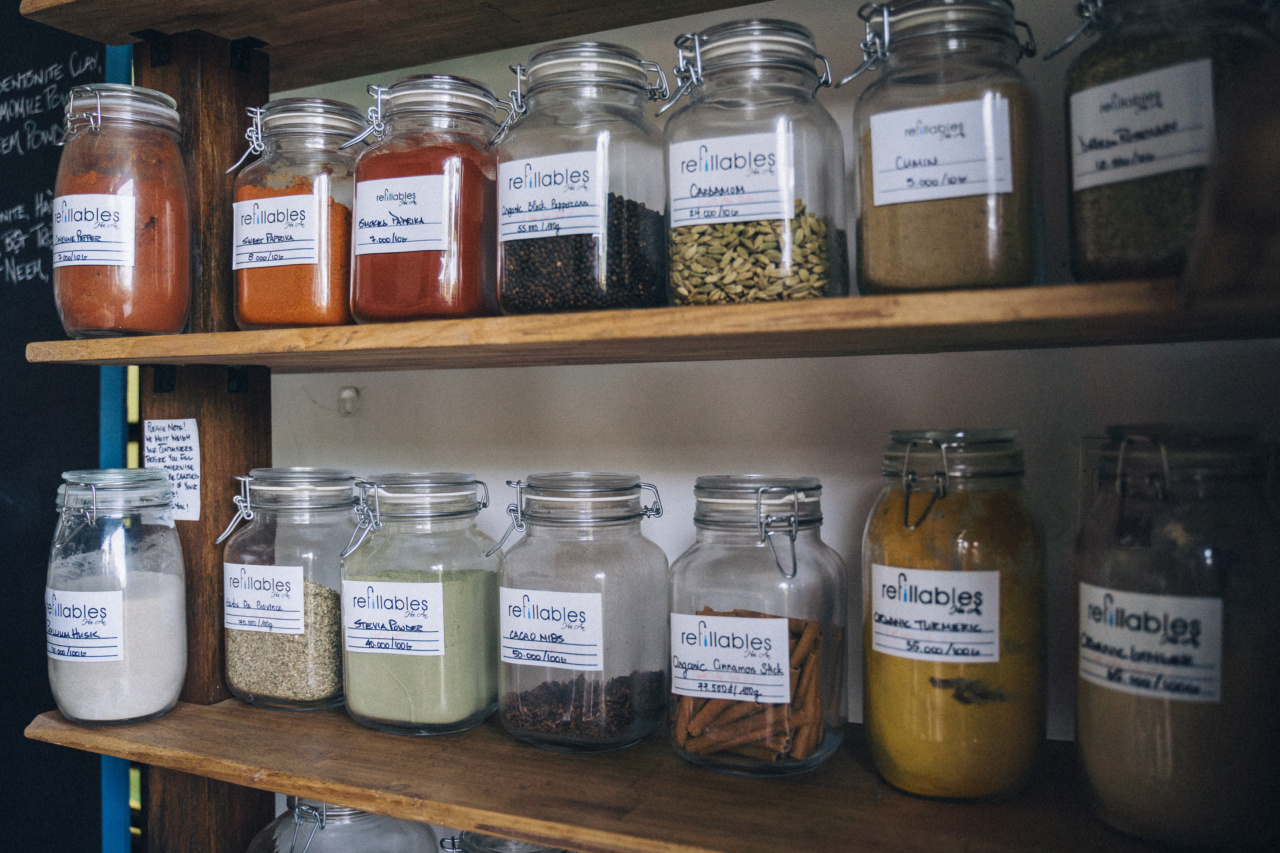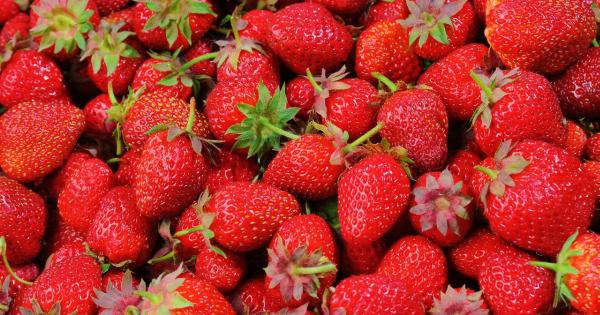In today’s health-conscious society, many people are striving to make healthier choices when it comes to their diet. As a result, the market is flooded with so-called “healthy” foods that claim to be good for you.
These products often boast labels that tout their benefits, such as “low-fat,” “organic,” or “gluten-free.” However, it’s important to be aware that not all of these seemingly healthy foods are actually good for you. In fact, many of them contain hidden risks that can negatively impact your health. In this article, we will explore some of these hidden risks in so-called “healthy” foods.
The Low-Fat Trap
One common misconception is that low-fat foods are automatically healthier for you. While it’s true that reducing your intake of saturated fat can improve your health, many low-fat foods compensate by adding extra sugar and unhealthy additives.
These additives can contribute to weight gain, increased blood sugar levels, and even an increased risk of heart disease. Therefore, it’s important to carefully read the labels and choose low-fat foods that are not loaded with unhealthy ingredients.
The Organic Deception
Organic foods have gained popularity over the years as people have become more conscious of the potential health and environmental risks associated with pesticides and other chemicals.
While organic produce may be better for the environment, it doesn’t necessarily mean it’s healthier for you. Organic junk food, such as organic cookies or chips, can still be loaded with unhealthy ingredients like refined flour and excessive sugar.
It’s important to remember that just because a food is organic, it doesn’t mean it’s automatically good for you.
The Gluten-Free Craze
Gluten-free diets have become trendy, and many people believe that avoiding gluten will automatically make them healthier.
However, for people who do not have gluten sensitivity or celiac disease, eliminating gluten from their diet may result in a lack of essential nutrients. Gluten-free products often contain additives and fillers to replicate the taste and texture of gluten-containing foods. These additives can be highly processed and may not provide the same nutritional value as their gluten-containing counterparts.
It’s important to only opt for gluten-free products if you have a genuine medical reason to do so.
Hidden Sugar Bombs
Many so-called “healthy” foods, such as granola bars, yogurt, and even smoothies, are often packed with hidden sugars. These sugars can contribute to weight gain, high blood sugar levels, and other health issues.
It’s crucial to be vigilant and check the sugar content on food labels. Additionally, be cautious of products that claim to be “sugar-free” but contain artificial sweeteners, which can have their own set of risks when consumed in excess.
The Misleading Health Halo
Some foods have a reputation for being healthy but can still pose risks if consumed in excessive amounts. For example, nuts and seeds are often touted as nutritious snacks. While they do offer various health benefits, they are also high in calories.
Eating large quantities without considering portion control can lead to weight gain. Similarly, certain types of fish, like salmon, are rich in omega-3 fatty acids and are considered heart-healthy. However, consuming too much fish can expose you to high levels of mercury and other contaminants.
It’s important to be mindful of portion sizes and balance your diet with a variety of foods.
The Dark Side of Protein Bars
Protein bars have become a popular on-the-go snack for those seeking to increase their protein intake. However, not all protein bars are created equal.
Many commercially available protein bars are highly processed and contain unhealthy additives, excessive sugar, and artificial ingredients. Some even have a similar sugar and calorie content as candy bars. It’s important to read the labels carefully and opt for protein bars that are made with natural ingredients and have a balanced nutritional profile.
The Sodium Trap
Reducing sodium intake is essential for maintaining good cardiovascular health.
However, many seemingly healthy foods, such as canned soups, frozen meals, and even salad dressings, are packed with excessive amounts of sodium to enhance the taste and preserve the products. Consuming these foods regularly can contribute to high blood pressure and water retention.
To avoid falling into the sodium trap, it’s crucial to read the labels and choose low-sodium alternatives or prepare homemade meals with fresh ingredients whenever possible.
Overconsumption of “Healthy” Oils
Avocado oil, coconut oil, and olive oil are often praised for their health benefits. While these oils can be a better choice compared to highly processed oils, it’s important not to overconsume them.
All oils, regardless of their health benefits, are high in calories. Using excessive amounts in cooking or drizzling them liberally over salads can lead to weight gain and an increased risk of heart disease. Moderation is key when it comes to incorporating these oils into your diet.
The Synthetic Vitamin Pitfall
Fortified foods are often marketed as a healthier option because they are enriched with various vitamins and minerals. However, the synthetic vitamins used in fortified foods are not always easily absorbed by the body.
Additionally, relying solely on fortified foods can lead to an imbalance in nutrient intake, as you may be missing out on other essential nutrients found in whole foods. It’s important to prioritize a balanced diet that includes a variety of fruits, vegetables, whole grains, and lean proteins to ensure adequate nutrient intake.
The Importance of Reading Labels
With so many hidden risks lurking in “healthy” foods, it’s crucial to become a savvy label reader. Pay attention to the ingredients list, sugar content, sodium levels, and any potential allergens.
Look for foods that have minimal processing and are made with natural ingredients. When possible, opt for whole foods that are not packaged or processed. By being mindful of what you put into your body, you can make informed choices that truly benefit your health.





























